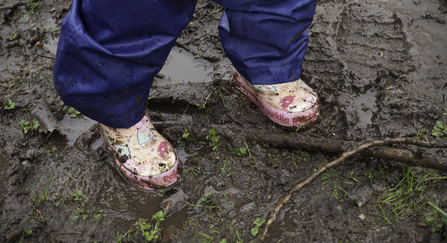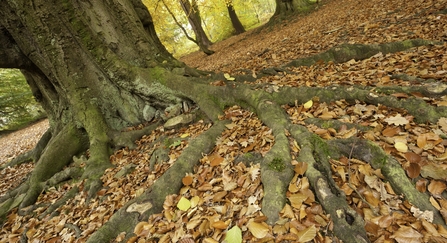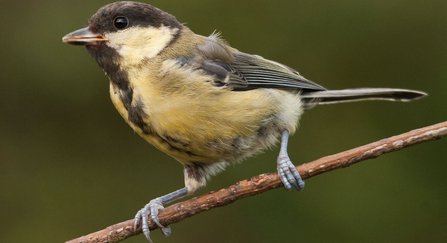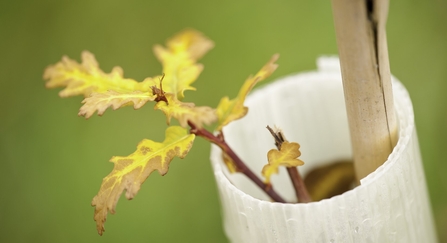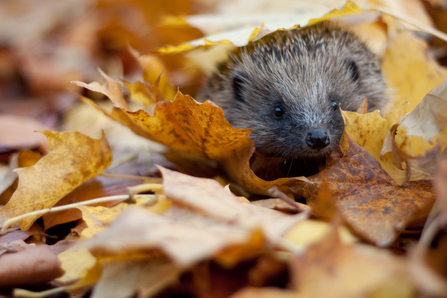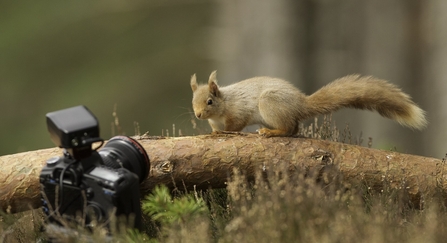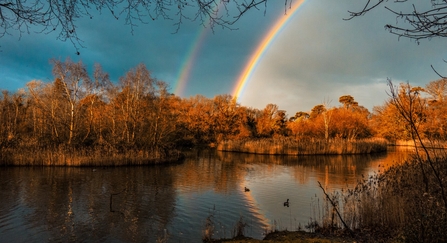
Richard Waliker
The fireworks have gone, the smoke has cleared. Wet footsteps slap on the pavement as people don their coats and drizzle descends. Umbrellas pop up like mushrooms with their brilliant glossy caps bobbing from street to street. Wind howls at doors and buffets the windows trying to pry its way into our homes.
And yet, among the mist, the rain and the wind, there sometimes emerges a moment of stillness. Through the empty branches of trees, emerge crisp blue skies and wisps of cloud. Dew shimmers across every surface until faint warmth turns it into a cool mist. Everything is quiet. Shadows become long, cast into the distance by their makers as the sun basks the world in a honeyed light. These moments stand out from the dark, the wet and the bleak like blazing lighthouses guiding us through the darkest months.
Perhaps there’s a day to be had in the garden after all…

